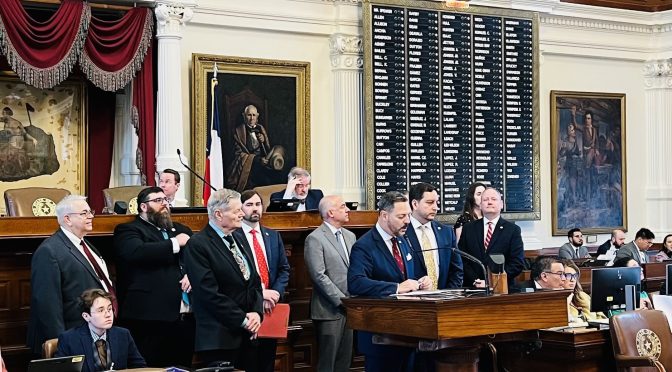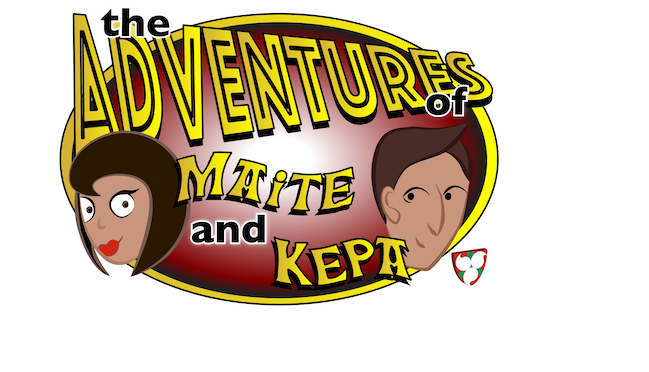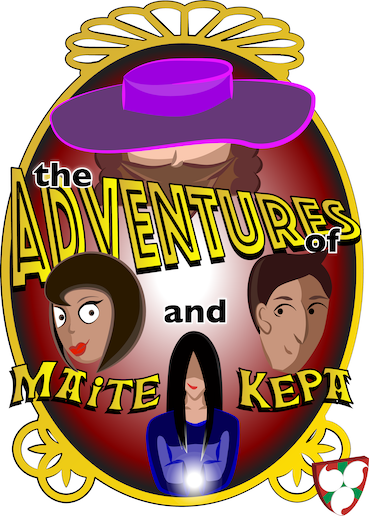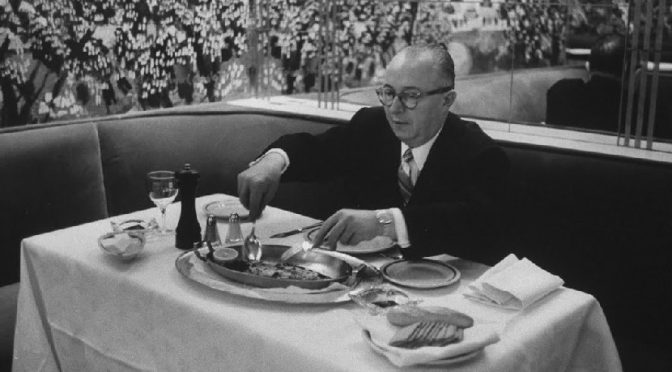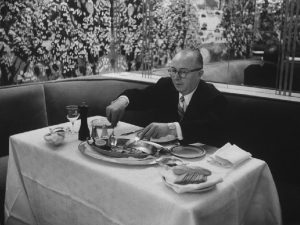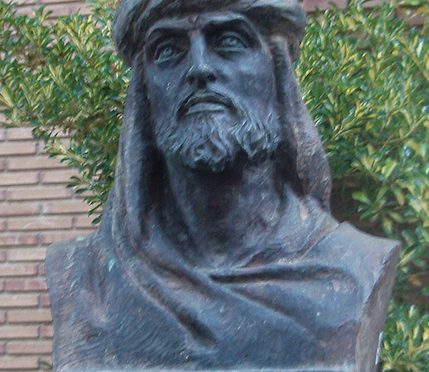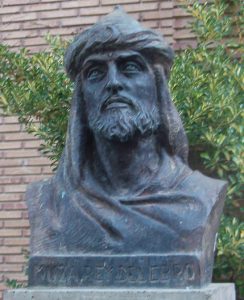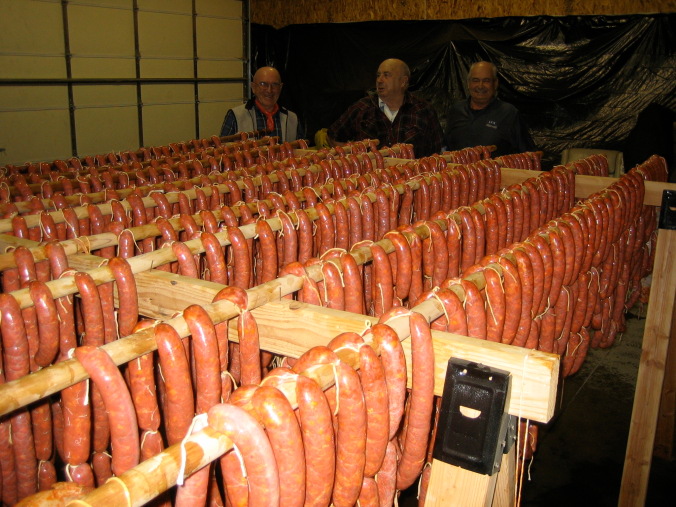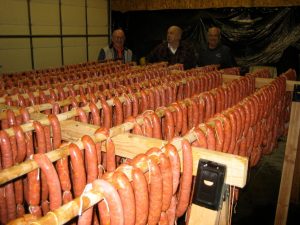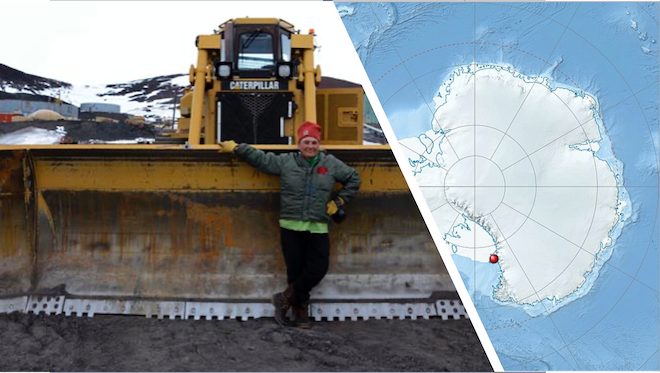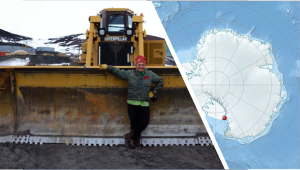by Pedro Oiarzabal
March 1 marks the first anniversary of the historical resolution that honors, for the first time in the history of the United States, our WWII veterans of Basque origin. The resolution was passed by the Texas House of Representatives, in Austin, thanks to the efforts of Representative Rafael Anchia (HD 103) and the Basque history association, Sancho de Beurko, with the enthusiastic support of the North American Basque Organizations (N.A.B.O.) and the Basque Educational Organization. The non-profit association Sancho de Beurko has led the research project, “Fighting Basques: Memory of WWII,” under the direction of Dr. Pedro J. Oiarzabal and Guillermo Tabernilla, since 2015. “Fighting Basques” is the first-ever systematic academic research on the contributions of WWII veterans of Basque origin in the U.S. Armed Forces and the Merchant Marines. As a result of their work, over 16,000 Basque WWII veterans have been identified so far – very little to nothing was known about most of these veterans prior to the research.

On the Texas House Floor, we witnessed one of the most memorable and heart-warming events in the recent history of the Basque American community. Also, for the first time, Basque was spoken on the House Floor.
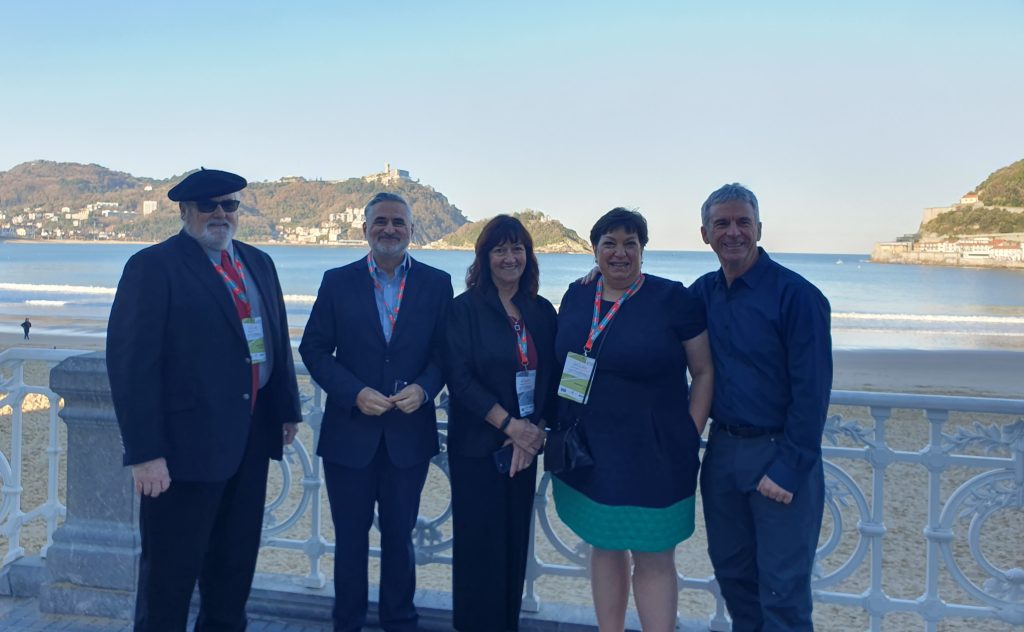
Two months later, in May 2023, during the Kern County Basque Club’s Memorial Day Weekend festival, N.A.B.O.’s delegates overwhelmingly approved the establishment of the Basques in World War II Memorial Special Committee, led by N.A.B.O.’s treasurer Mayi Berterretche Petracek, with the goal of assisting with the completion of the research of Basques who served in the armed forces during World War II and to explore the feasibility of the creation and installation of a memorial to these Basques. In November 2023, N.A.B.O.’s delegates ratified the Special Committee’s goals:
1. To seek funding to complete the research, by 2025-2026.
2. To establish the first official memorial site, under the leadership of N.A.B.O., for veterans of Basque origin who served honorably in every branch of the U.S. Armed Forces during WWII in order to recognize their unselfish service to the country, by the end of 2026, coinciding with the 85th anniversary of the U.S. entering war.

In the meantime, on December 5, 2023, a small ceremony took place at the Okinawa Peace Memorial Park’s Cornerstone of Peace monument on the Japanese island of Okinawa in which tribute was paid to all American veterans of Basque origin who died during World War II in the Pacific, with special recognition for those who perished on the island. They were over twenty young Basque-Americans, six of them killed in Okinawa. The Cornerstone of Peace monument features the names of over 240,000 who died during the fighting, from both sides of war. During the planning of the event, sadly we found out that none of the six Basque Americans were on the memorial wall. The Okinawa Prefecture requested from the U.S. government official evidence that the six Basques had died in Okinawa so that they could be included in the memorial. Well, we have some great news to share with you. In mid-February, the U.S. Army and the Department of Defense released all their personnel files to us, so we will be able to add their names to the monument in the near future.

Within the context of the 42nd anniversary of the San Francisco Basque Cultural Center’s festival, held on February 17-18, in an effort to complete the research and eventually establish a physical memorial to our Basque WWII veterans, N.A.B.O. launched a fundraising campaign. The goal is to complete research by 2025-2026, so that efforts could then turn to creating “The National Basque World War II Veterans Memorial.” In addition, Oiarzabal gave a public talk, entitled “A WWII Memorial for the Basque American Greatest Generation,” which was very well attended. Among the audience there were several families of veterans.
We strongly believe that the National Basque WWII Veterans Memorial will become a permanent testament to their lives, families’ histories, sacrifices, and contributions to the country. Please consider donating to achieve this noble goal. Remember, your contribution to support this important project is tax-deductible.
“Let no veteran be forgotten.”

